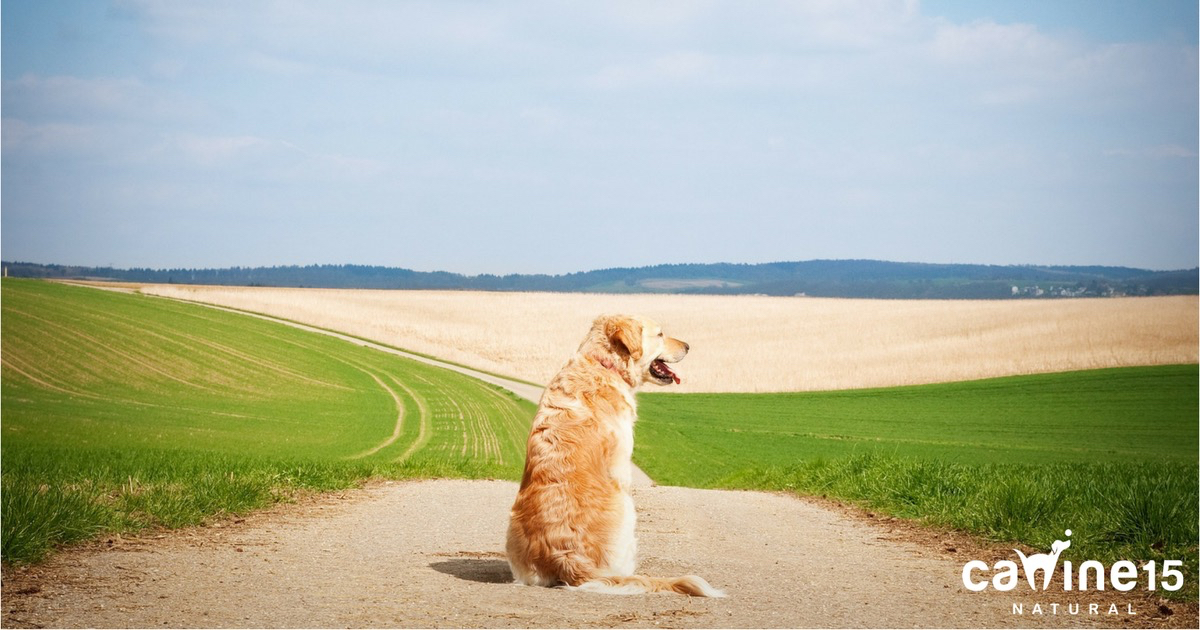
Reading Your Dog’s Body Language
Just as we use our bodies to communicate, so do our dogs! Of course, our dog’s body language is much different than our own and may not always be easy to understand. Unlike us, dogs don’t use as many facial expressions to express their emotions. Dogs use different parts of their bodies to communicate diverse signals. Where we typically use our hands, eyebrows, shoulders, and hips, dogs will use their ears, tails, hair, and eyes. It is important to be aware of these signals as it can inform us of a dog’s feelings and intentions. Because they do not have the ability to tell us how they are feeling, we need to watch in order to understand. Once we have come to understand our dog’s body language, we can better understand and communicate with our pets.
Happy

Happiness is the most commonly known emotion we see regarding our dog’s body language. As owners, most of us have some level of intuition when it comes to our dog’s happiness. However, we can also improve our awareness of body language cues to be sure.
How can we tell if a dog is happy? Happiness is accommodated with:
- a wagging tail
- perked up ears
- the mouth often open
Happiness is usually mixed with playful body language. Your dog’s playful body language will show through him lowering his front end (butt in the air) and a wagging tail. Both displays of your dog’s body language show that they are happy and engaged. These are the best types of body language to see in our animals. Seeing these signs means that we as owners are doing a good job!
Stressed

Stress is exhibited in your dog’s body language in various ways. Common signs of stress is when:
- your dog’s ears are back
- your dog’s tail is down (but not between her legs)
Some dogs will show stress through their paw prints. Dog’s paws will sweat when they are nervous or stressed. Take a look at the ground near your dog; if the floor has paw print marks, it can indicate stress. Another way a dog’s body language shows stress is by rapid panting or consistent yawning or nose licking. These are methods that dogs use to release stress. When you see these signals in your dog’s body language, do your best to reassure them and play calming games with them.
BONUS TIP: A great way to calm down your dog is to pet him very lightly and slowly on the chest. You can also gently pet him from his head to his lower back with a very light touch, coming down to his level. Barely put pressure on his fur, and slowly move your hand downwards. This action can have calming effects for dogs and release stress.
Relaxed

When dogs relax, their body language will be as it is in their normal environment. This is the usual stance we will see when our dogs are at home or in a place they feel comfortable. The dogs will have:
- a loose stance on their feet
- their ears up, but not fully at attention
- their mouths hanging open with their tongues sticking out slightly
A relaxed dog’s head will be higher (not at full height when at attention, but not lowered to show submission or aggression). This relaxed stance will continue into her tail that will hang down. It is with these body language signals that you can understand that your dog feels at ease!
Anxious

Anxiousness can also be associated with stress. Similar signals will be seen such as:
- yawning
- licking
- sweaty paws
Anxiousness (aside from fear) is more likely to escalate to aggression. This is a natural instinct they will exhibit to protect themselves from the unknown. When anxious, dogs will lick their lips, have their ears back, and appear tense. Anxiousness is also viewed in smaller displays. The lowering of a body or simply looking at their eyes can give us good indicators of how our dogs feel. For example, if a child approaches a dog who is anxious, the dog will often look elsewhere or have wide eyes. It is these signals that can tell us that the dog is not comfortable and would prefer to get away. Listen to these signals to avoid getting bitten. Knowing what emotions your dog is feeling can prevent any confrontations he may feel are necessary to protect himself.
Aggressive

Many people know the basic signs of aggression in dogs. We commonly associate aggression in dogs with:
- bared teeth
- hackles raised
- growling/barking
But aggression can be seen in small ways too. A hard stare is one of the best ways to know if your dog is aggressive. They will stare down the threat with their ears pinned back and stiff legs and tail. This is the type of dog you want to avoid. Do not challenge them and instead (if confident) hold out a hand with closed fingers and let them approach and sniff you. Most likely, this will occur with strangers. In which case, be sure to let others know that your dog is not okay to be pet. Knowing these signals can prevent a dog attacking or biting to defend itself.
Fearful

When your dog’s body language shows that she is backing away and submitting, this is a good indicator that she is fearful. Usually:
- the dog’s ears will be back against her head
- the head is lowered
- unlike happiness, the tail may wag slowly but not in an excited manner. The tail movements will be small and slow.
Some fearful dogs may raise a paw when you approach them or may take a few steps back, lowering the body further to the ground. Your dog’s body language will be this way when he feels threatened or wants to prevent confrontation. In cases of extreme fear, a dog may even roll over on to his back as a display of submission. Be aware that some fearful dogs may urinate. Reassure your dog and try to not to be angered if they do pee. Let him know everything is okay by coming down to his level and you should see your dog’s body language change.
Keep an eye out for these signals so you know exactly how your dog is feeling. Having a proper understanding of their communication style can help you better work through situations and keep everybody safe. Use these tips and you will be an expert at reading your dog’s body language!
